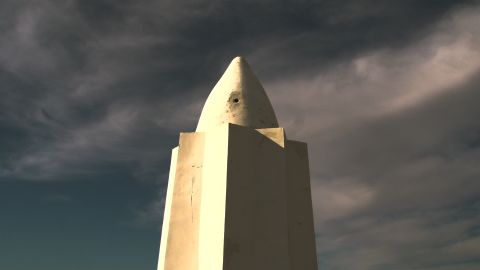Saodat Ismailova

Saodat Ismailova, 18,000 Worlds (2023), film still. Courtesy of the artist
Through her practice, Saodat Ismailova gives a contemporary voice to the powerful traditions of her country and painstakingly portrays the spirit of Turkestan, the vast historical region of Central Asia between the Caspian Sea and the Gobi Desert. Conveying universal messages that touch on collective memory, the search for roots, and the revival of cosmologies, her films, video essays, and installations are invariably connected to the experience of comprehending hidden or disappearing knowledge. These pieces are the result of the artist’s long-term and laborious work in the Central Asian region, encompassing research in archives, expeditions, and interviews. By interlacing myths, ceremonies, and dreams with depictions of mundane existence, Ismailova navigates the world of forgotten artefacts and concealed histories, highlighting the potential loss of valuable forms of ancestral knowledge. Seen by Ismailova as a talisman in the form of a video, the film presented in the exhibition is inspired by a recurring theme in mystic poems—and one that influences daily life in Uzbekistan—that our current world is merely one of the 18,000 worlds comprising the universe. The iridescent visual effect that appears in the end of the film is informed by the mystical teaching of Illuminationism, formulated by the twelfth-century Persian philosopher Shihab al-Din Yahya al-Suhrawardi, which postulates that all creation is a successive outflow from the original supreme Light. The hypnotic adornment is made of glowing colour fields and also features Ismailova’s great-grandfather’s protective amulet decorated with his own handwriting for safe crossing into another spiritual plane as well as elements from falak, an embroidered suzani with a cosmic motif representing heavenly bodies in motion.
Work in the exhibition: 18,000 Worlds (2023), single-channel video, 30'. Courtesy of the artist. Film made with the support of Eye Prize for Art and Film